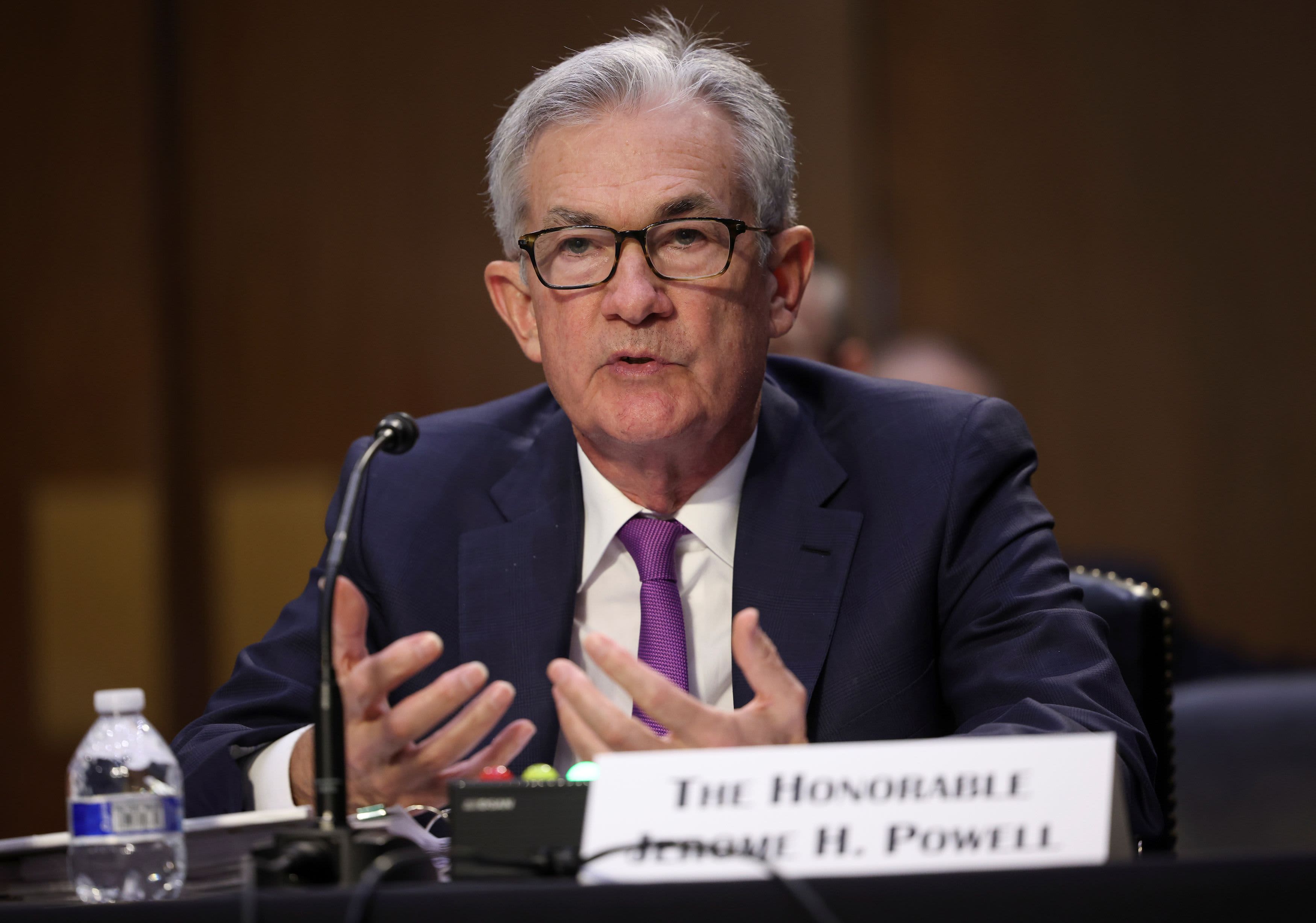This week, the Federal Reserve is widely expected to announce the unwinding of its monthly bond-buying program – a measure it started to support the economy during the pandemic. However, the bigger story for markets is how the central bank will discuss inflation.
That’s because report after report of hotter-than-anticipated inflation has ramped up expectations that the Fed will fight the trend of higher prices by beginning to raise interest rates next year, about six months sooner than the last Federal Reserve forecast.
Economists expect the central bank to say after its 2-day meeting concludes Wednesday that it will begin winding down its $120 billion in monthly bond purchases by mid-November or December and end the program entirely by the middle of next year.
Fed Chairman Jerome Powell has made an effort to emphasize that the end of the program does not signal the start of a new rate hike cycle, and he is expected to repeat that message at his post-meeting briefing Wednesday.
But already traders are pricing in more than two interest rate hikes for next year, while the majority of Fed officials do not even see one in 2022 in their most recent forecast. That’s because inflation, now at a 30-year high, has become hotter and seems to be lingering longer than the “transitory,” or temporary, description the Fed had included in its recent policy statements.
“My sense is the word ‘transitory’ has left the station. I would be shocked if we heard that word come up again,” said Rick Rieder, chief investment officer of global fixed income at BlackRock. He said it will be important to watch how the Fed addresses employment, the other half of its dual mandate.
Rising inflation and wages
Inflation, as measured by the personal consumption expenditures price index, rose 0.3% for September, driving the year-over-year gain to 4.4%, the fastest since January 1991.
Companies, struggling to find workers, are also raising wages to keep and attract employees.
“I think it’s the hottest job market since World War I,” Rieder said. “We had the highest [employment cost index] print since 2004. The wages are accelerating dramatically, and I think the Fed is behind the curve. I think they need to open the window to raise rates.”
Rieder said he does not expect the Fed or Powell, in his post-meeting briefing, to discuss raising the federal funds rates from the current zero level. The federal funds rate, which is set by the central bank, is the interest rate at which banks borrow and lend to one another overnight.
“There’s clearly movement toward the Fed recognizing that inflation is stickier than they thought it would be,” said Rieder. “I think [Powell] will lay out data … that they anticipate some of these inflation numbers are coming down, and I think he’s right.”
But Rieder said the Fed needs to show it would be willing to raise interest rates if it had to. According to the CME’s FedWatch Tool, traders see a 65% chance the Fed begins to raise interest rates by a quarter point in June and a 50% chance for a second hike in September, with a third also possible.
Unwinding is the first step
The Fed took unprecedented moves to rapidly ease policy when the pandemic hit in early 2020. The Fed quickly cut rates to zero, and the bond-buying program was instituted to rapidly provide liquidity to markets.
Tapering bond purchases, or quantitative easing, will be the first unwind of a major program. The Fed is widely expected to detail that it will slow down its buying of Treasurys by $10 billion a month and mortgage securities by $5 billion a month.
A wild card for the Fed has been Covid itself, and the outbreak of the delta variant is widely blamed for the abrupt slowdown in growth in the third quarter. Gross domestic product grew at just a 2% pace, just a quarter of what some economists expected for the period earlier in the year. While the Fed is likely to acknowledge slower growth, economists already see it picking up again in the current quarter.
Mark Cabana, head of U.S. short rates strategy at Bank of America, said there’s a chance that the Fed could say it may speed up or slow down its tapering process as needed.
If the central bank does talk about increasing the pace, as some Fed members had favored a more rapid rollback at the last meeting, that could affect the market. “That just raises the risk that the Fed ends up sounding hawkish,” said Cabana.
Interest rates
Powell is not likely to talk about raising interest rates, but he’s not likely to discourage the market’s pricing in of rate hikes either.
“The first rate hike is priced in for July…. It’s too soon for the Fed to push back on hikes. He’s not going to tell the market that it’s wrong,” said Cabana. “There’s upside inflation risk. They don’t know for sure how inflation is going to evolve.”
Rieder said he doubts Powell would talk about the potential to taper faster. “My gut is that’s not being considered today, but if he did say we could taper faster, then markets would interpret that as they are considering raising rates sooner and/or more aggressively,” he said.
But no matter what Powell says about the link between the tapering and bond buying, the market’s chief interest is inflation and the interest rate moves it could trigger.
Diane Swonk, chief economist at Grant Thornton, said she expects the Fed will be forced to raise rates next year.
“Our own forecast has core PCE… peaking above 4% by year-end and slowing to 3.5% by mid-2022. The unemployment rate is expected to dip below 4% in the first half of 2022,” Swonk noted. “Those shifts would prompt more rapid tapering and faster rate hikes than the Federal Reserve laid out in its September forecasts. Market participants are now expecting three rate hikes next year; we could see more.”
